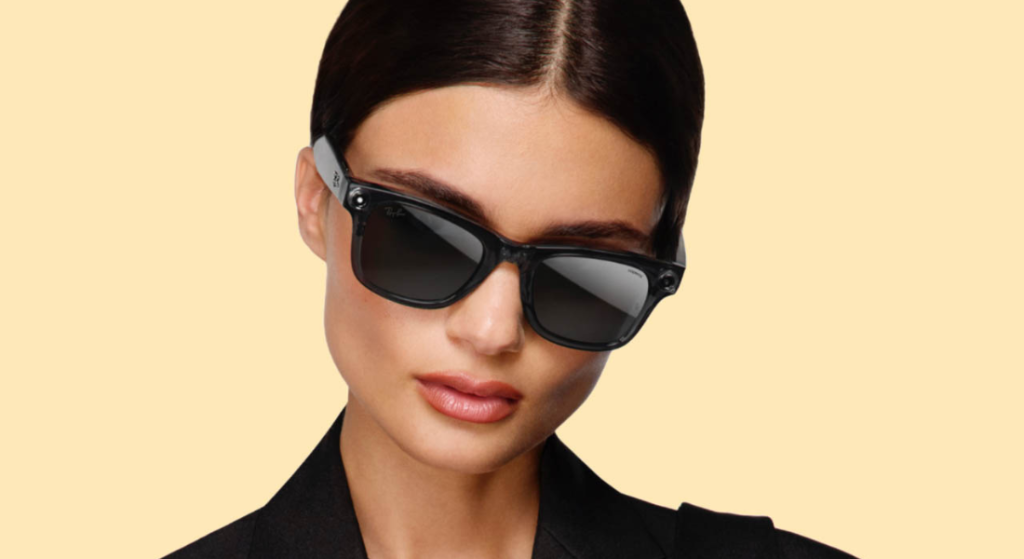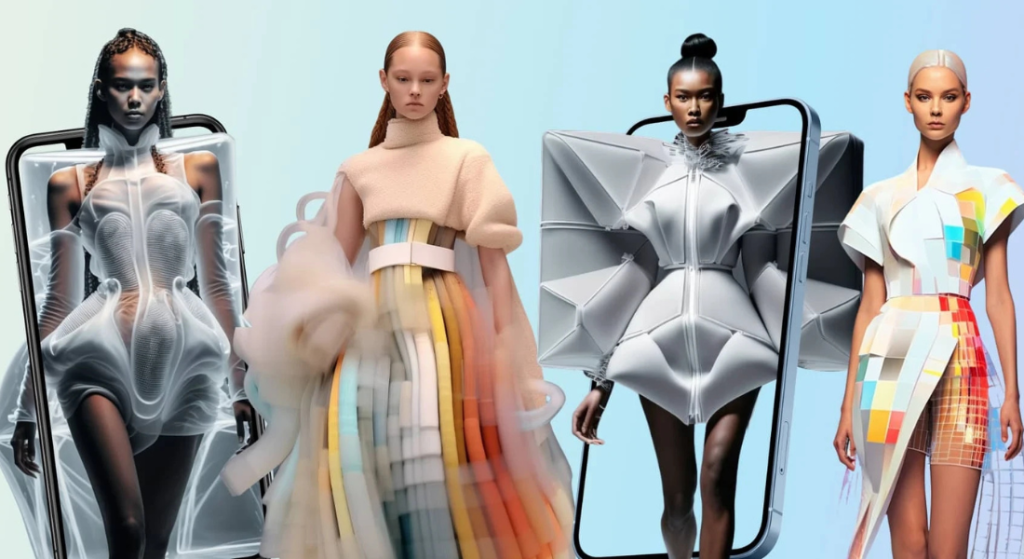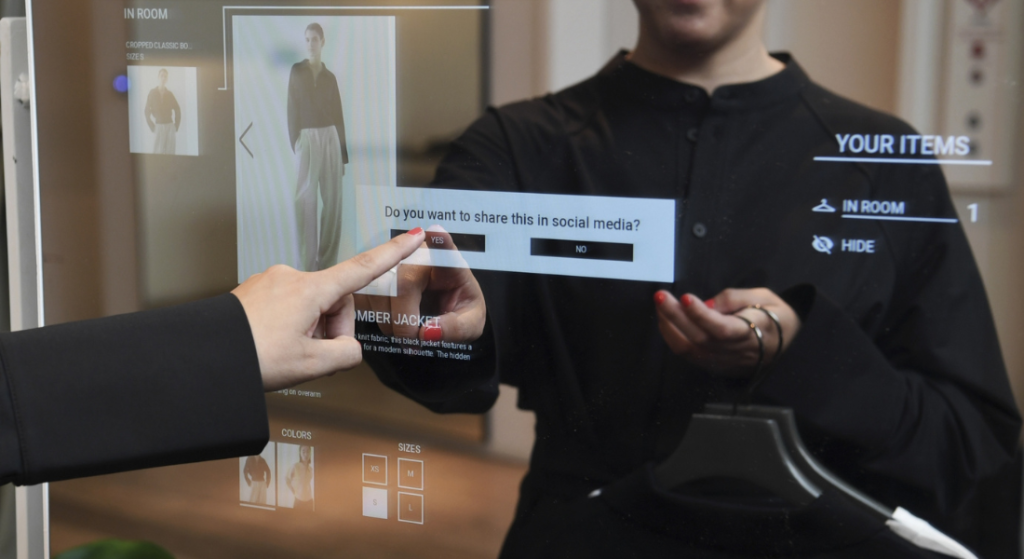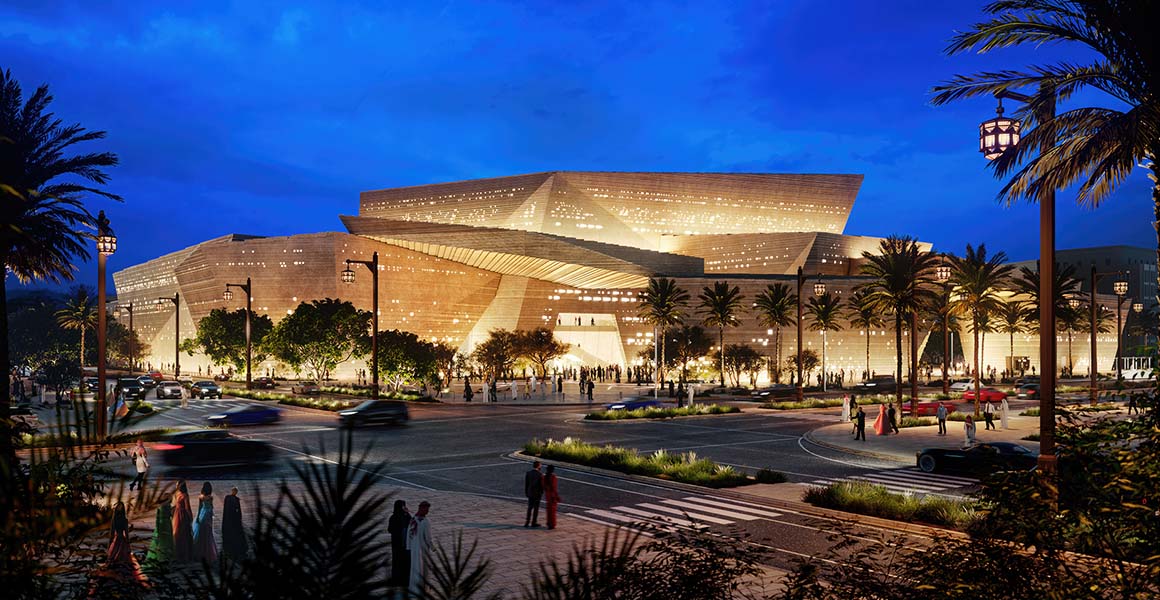How Artificial Intelligence is rewriting the rules of luxury fashion
Emily Baxter-Priest

From prediction to hyper-personalisation, gamification to engagement, AI is transforming the luxury landscape. But what’s in it for you?
First, there was H&M’s industry-changing ‘Magic Mirror’ in 2022, followed by Zegna X’s 3D configurator and Tommy Hilfiger’s gamification with its FashionVerse app in 2023. Most recently, Ray-Ban Meta x Coperni released their limited-edition Wayfarer AI glasses, and Chanel launched its all-new TOUCH app called ‘an immersive virtual experience inside the world of Chanel Beauty’. AI’s influence on the world of luxury is ubiquitous. Through intelligent design tools and virtual try-ons, to hyper-personalisation, trend-forecasting, AI-generated fashion influencers and much more, artificial intelligence is rewriting the luxury consumer experience and evolving how we connect and interact with luxury brands in ways that are both seen and unseen.

Whilst undoubtedly the biggest tech revolution of our time, it’s still relatively early days for understanding AI, so if you’re still asking the question, ‘what exactly is AI?’, you won’t be alone. “Put simply, AI is a software but one that can learn,” says Alaa Dalghan, an AI and technology expert. “So, if a robot, a Tesla, your laptop or mobile phone is the hardware, AI is the software that you install in it. Traditional software blindly executes the instructions as written by a developer, line by line, without learning anything new, growing or increasing its capabilities. AI, on the other hand, is a very special software – it learns from examples, by looking at data, by observing the world, and then extrapolating.”
Within the world of luxury, AI allows brands – everything from fashion to beauty to architectural design and beyond – to listen (process input), learn (improve based on data) and observe (analyse patterns and make predictions), which in turn enables them to optimise processes, improve services, and hyper-personalise experiences and products based on data in a way that transforms the entire brand-client model.

“One of the most exciting aspects of AI today is how it’s being embedded across different layers to deliver more personalised and high-end experiences at scale,” says Andreas Hassellöf, a seasoned technology leader and CEO of Phygrid and Ombori – the company behind H&M’s AI-powered ‘magic mirror’. “For example, clienteling platforms powered by AI are equipping store staff with real-time insight into a client’s preferences, purchase history and even wish lists. This enables highly bespoke recommendations, whether in-store, online or through private appointments, helping maintain the standard of white-glove service luxury is known for.”
Another exciting area of AI and luxury is where creativity meets code. “Brands are now using AI as a creative tool, not to replace creative designers, but to inspire new ideas,” explains Dawn Kubicek, founder of Leaders in Digital. “Some are feeding past collections into AI systems, which then suggests fresh styles or cuts that stay true to the brand’s identity whilst exploring something new. Others are experimenting with digital fashion – think couture pieces designed to be worn online, in virtual worlds or digital fashion shows. It’s a new form of luxury, where uniqueness and innovation still matter, but in a digital space.”

AI is fast-becoming an integral fashion assistant or, when it comes to beauty, “a behind-the-scenes expert” as Kubicek puts it. “From L’Oréal’s virtual try-ons to Dior’s fragrance algorithms, the focus is on elevated personalisation at scale and customer expectations are higher than ever. AI now helps clients understand their skin conditions, match products precisely and receive smart recommendations tailored to their goals and lifestyle.”
The opportunity for brands to innovate and upscale using AI is endless, with technology touchpoints now integrated in virtually all aspects of business. “Brands use AI in multiple ways – from AI that can predict where trends are going to tools that allow designers to prototype and design faster,” explains Dalghan. “Prada uses AI for inventory optimisation to reduce waste in its stock; Burberry uses AI to track down counterfeits; and LVMH has built its own AI-empowered factory called MaIA [Maison Artificial Intelligence Assistant] which uses predictive tools to optimise pricing, marketing and to achieve hyper-personalisation – the holy grail in customer service.”
But it’s not just the luxury fashion world that is adopting a more AI-centric approach. There’s also been a major shift in luxury design and architecture, from “AI as a curiosity to AI as a co-designer”, says Miroslav Naskov, an architectural designer and founder of Mind Design. “In the past year alone, I’ve seen leading studios, luxury developers, and cultural institutions begin to embrace AI not just for rendering or speed, but as a way to explore previously unreachable creative territory. We’re seeing a growing demand for personalised environments, intelligent spatial behaviours and immersive narratives that require AI to evolve from tool to partner.”
For Naskov’s luxury clients, AI unlocks personalisation at an emotional and spatial level. “Imagine walking into a digital villa or museum where the lighting, material tones and soundscape subtly adjust to your preferences or past behaviours. This is where our Craft, Play and AI methodology comes to life, where each client steps into a design that not only reflects them, but responds to them. We can now craft environments that are not only elegant and exclusive, but alive, adaptive and emotionally intelligent.”
And that really is the essence of AI and its future evolution – as it continues to work with you, not just for you. It’s personal, responsive, reactive and predictive. Not solely for efficiency’s sake but for its intelligently automated intuition, where it becomes your new silent life partner. As Naskov describes it, AI will become the “silent collaborator” embedded in each stage of luxury experience design, allowing brands to not just speak to their customers, but learn with them. And by learning with them, optimise every single step.

“AI in luxury should always serve emotion, not just efficiency,” Hassellöf adds. “Luxury is about how you feel – seen, understood, cared for. When used with empathy and intent, AI can deepen those feelings. But if it’s overused or deployed without care, it risks eroding the very essence of what makes luxury meaningful. The brands that will lead in this next chapter will be the ones that blend technology with humanity, and innovation with timelessness.”
While AI may never sew a couture gown, craft a piece of high jewellery or rhapsodise about the beauty of bespoke interiors, it is unlocking a future of luxury that is fluid, with data-driven formulas that enable the industry to become more personal, precise, seamless and sustainable. It’s not replacing the human touch, merely sharpening it. Invisible but incredibly effective.
Follow Us
The Latest
-

Wellness
The science behind peptide injections
All the risks behind the so-called miracle treatments
-

Travel
Detox hotels to book for your next getaway
Check in, to check out at these beautiful resorts
-

Travel
Discovering Singapore’s green allure
Exotic, diverse, lush. The garden city of Singapore nurtures culture, fine dining, and an environmentally oriented plan for the future
-

Travel
Inside The Royal Diriyah Opera House in Riyadh
Saudi Arabia’s first dedicated opera house opening soon
Subscribe to our newsletter and receive a selection of cool articles every weeks
You can unsubscribe at any time. To find out more, please visit our privacy policy.


